For over a year, there’s been a persistent family of adware apps that continues to bother users by getting installed onto their PCs through file bundles and spamming them with ads, pop-ups, and other unwanted and potentially unsafe content. It seems that every week, a couple of new rogue apps of this type get released to take the place of earlier iterations. One of this week’s examples is an adware called JoafjApp.
Like Suaiqi App, Tiaow VApp, and other previous variants of this adware family, JoafjApp doesn’t directly damage the system or the user’s files. Instead, it mainly focuses on gathering telemetry data from the browser, redirecting the user’s searches, and displaying fake and misleading messages, pop-ups, and ads.

While JoafjApp might not be the most threatening form of malware, it’s definitely a significant security vulnerability and its presence in your system can lead to various problems. You can get targeted by phishing scams or have your computer infected by other, more dangerous malware. For these reasons, I strongly recommend checking out the following guide if this adware is on your PC and completing the steps there to get rid of JoafjApp.
JoafjApp Removal Tutorial
From time to time, users faced with rogue apps like JoafjApp report managing to remove the malware through more conventional methods, without the need to go too deep into their systems. That is why I suggest you try the next quick steps first and only move on to the advanced guide next if the adware doesn’t get removed:
- Open your Start Menu, type “Apps & Features”, and pull up the full list of installed programs. This is where things get interesting.
- First, sort by installation date – newer programs are often the culprits.
- Now, scan the list carefully. Do you see JoafjApp or anything else with a bland, forgettable name? A generic-looking icon? A program you definitely don’t remember installing? If yes, congratulations – you might have just found your malware.
- Uninstall it right away, following all the prompts.
- But don’t stop there. These programs tend to leave behind hidden files, so go to the installation folder (if you know where that is) and manually delete any leftovers.
- If you don’t know where to look for that folder, explore the two Program Files folders in our C: drive and look for any unfamiliar sub-folders there.
Once you’re done, restart your system. If the malware is still around, don’t panic – the advanced steps below will help you.
SUMMARY:
Important! Read Before Continuing
Despite my best efforts to make this guide as user-friendly as possible, there are still a couple of steps that require your personal judgment when deciding what to delete.
If you think you lack the experience to make the correct call in those steps, it might be better to opt for the alternative option of using SpyHunter 5.
This powerful anti-malware tool can take care of JoafjApp for you in only a couple of clicks, and it will also keep your system secure in the future.
How to Remove the JoafjApp Virus
It’s likely that the JoafjApp malware tries to hide its files and block you from deleting them by tying them to its rogue processes. To be able to circumvent these obstacles, make sure to complete the following two preparatory steps:
The first one is to make the hidden files and folders on your PC visible:
- Open Start Menu, search for “Folder Options”, and go to the View tab.
- Find the option that says “Show hidden files, folders, and drives” and enable it.
- Click Apply and close the window.
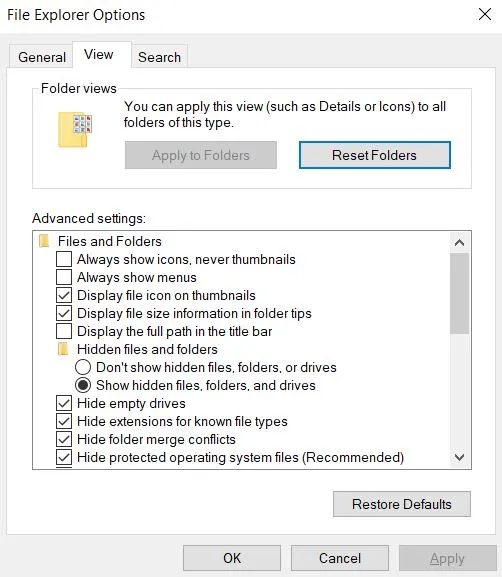
The next one is to install LockHunter. You’ll need it to unblock and delete certain malware files. Once it’s installed, you just need to right-click the file that resists deletion, select “What’s locking this?”, and then click the “Delete it!” option in the window that opens.
Video walkthrough for this step:
Delete the JoafjApp Virus Files
Now it’s time to explore the various locations where JoafjApp might have created its files and delete them. When looking for rogue items, pay special attention to any folders named “taisiq loop cro”. This appears to be the fake alias used by the JoafjApp creators.
Firs, go to these locations and scan for anything suspicious:
C:\Users\YourUsername\AppData\RoamingC:\ProgramData\Microsoft\Windows\Start Menu\Programs\StartupC:\Users\YourUsername\AppData\Roaming\Microsoft\Windows\Start Menu\Programs\Startup
Look for randomly named folders, cryptic file names, or anything unfamiliar. If it looks out of place, delete it immediately.
Next, clear your Temp folder. This is a dumping ground for temporary files, but malware loves to lurk here:
- Go to
C:\Users\YourUsername\AppData\Local\Temp - Select everything (Ctrl + A)
- Delete without hesitation
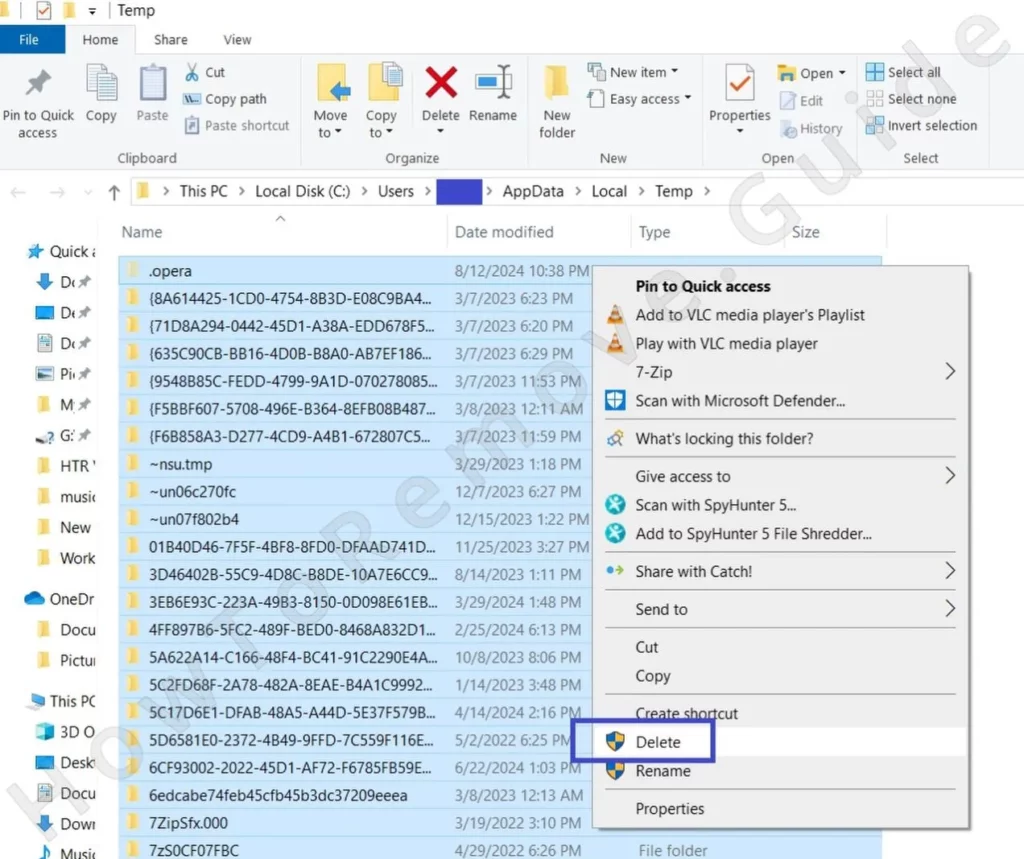
And finally, check your Program Files folders (C:\Program Files and C:\Program Files (x86)). These directories house legitimate software, but sometimes malware pretends to be an innocent program. If something looks sketchy, Google it before deleting, just to be sure.
How to Delete Persistent Files with Lock Hunter
Remove JoafjApp Malware Tasks From the Task Scheduler
Next, you must focus on the Task Scheduler. This is where malware sets itself up to relaunch every time you turn on your PC. It’s also possible that JoafjApp creates tasks there that allow it to reinstall even after you’ve removed it completely. Here’s what you should do here:
- Open Task Scheduler (search for it in the Start Menu).
- Navigate to the Task Scheduler Library.
- Examine every task carefully – select it, click the Action tab, and see what the task is set to do. If it’s set to run some sketchy.exe file or script file, it’s probably best to delete it.
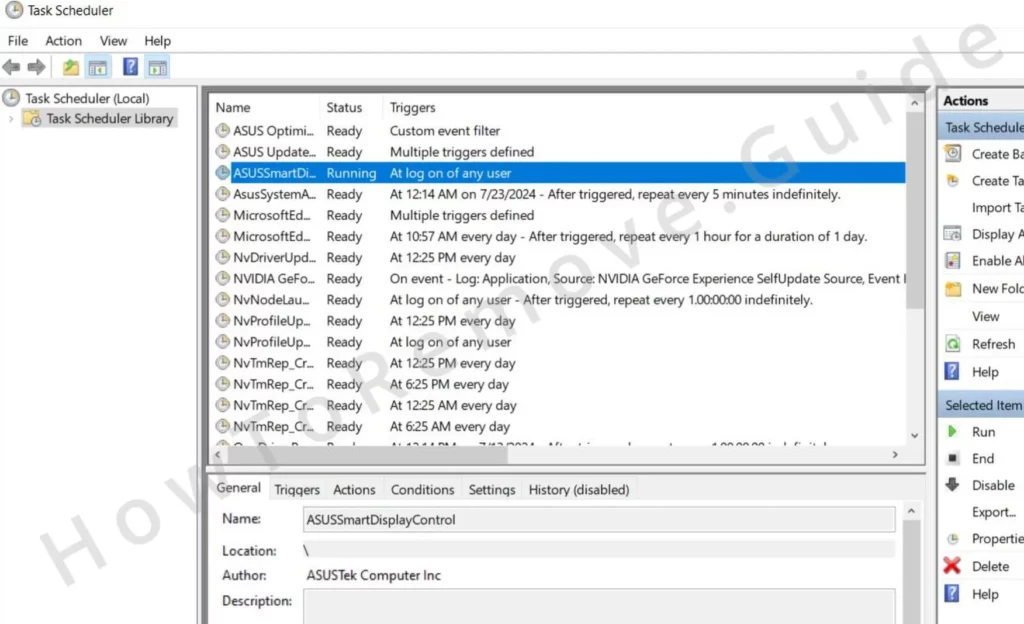
Again, make sure to go through all the tasks. Tasks linked to JoafjApp may have regular-looking names, so the only way to know if they are rogue is to check what action they perform.
Video walkthrough for this step:
Get Rid of JoafjApp Through the System Registry
Performing a Registry cleanup is essential if you want to fully get rid of JoafjApp. However, be careful here, because deleting something you aren’t supposed to can harm your system. If you don’t think you can perform this step on your own, consider using SpyHunter. If you are confident you can handle it, here’s what you should do here:
Open the Registry Editor (regedit in the Start Menu, run as admin).
Press Ctrl + F and search for any entries related to JoafjApp. Also search for “taisiq loop cro”. If you find anything suspicious, delete it. Run an additional search each time you delete a rogue item to see if there are any more left.
You should also check these locations manually:
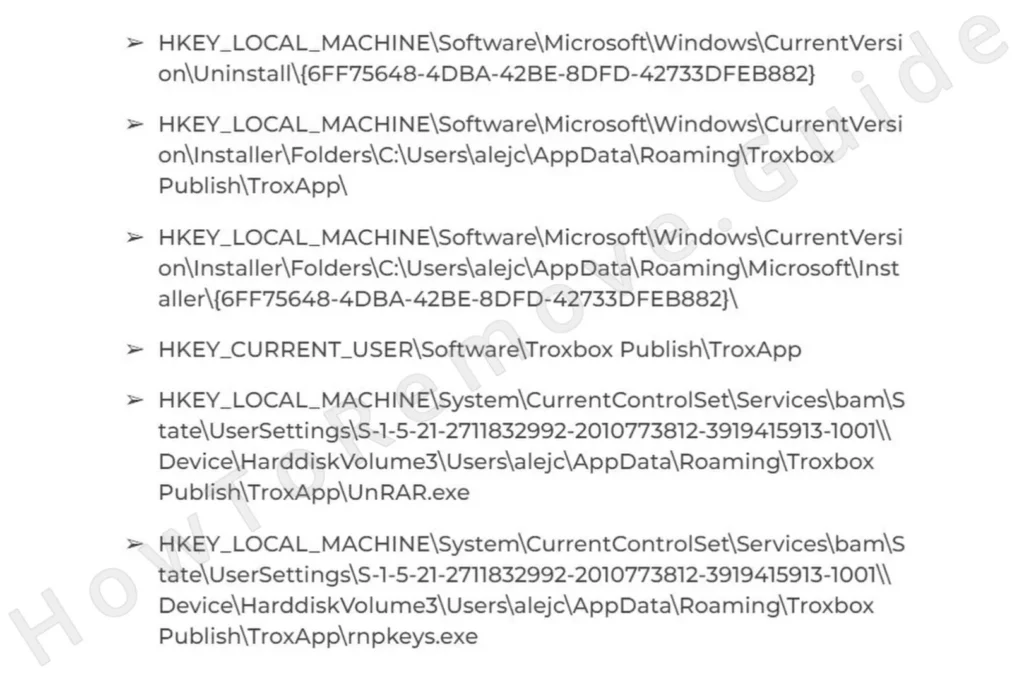
Don’t delete entire registry keys here – only suspicious values contained in them. You can see the values in the right panel.
Video walkthrough for this step:
Remove JoafjApp Browser Policies
If your browser is showing “Managed by your organization” on its Settings page or at the bottom of its menu, the JoafjApp malware has tampered with its policies, so you must take care of this too.
Open Edit Group Policy (search for it in Start).
Go to Computer Configuration > Administrative Templates.
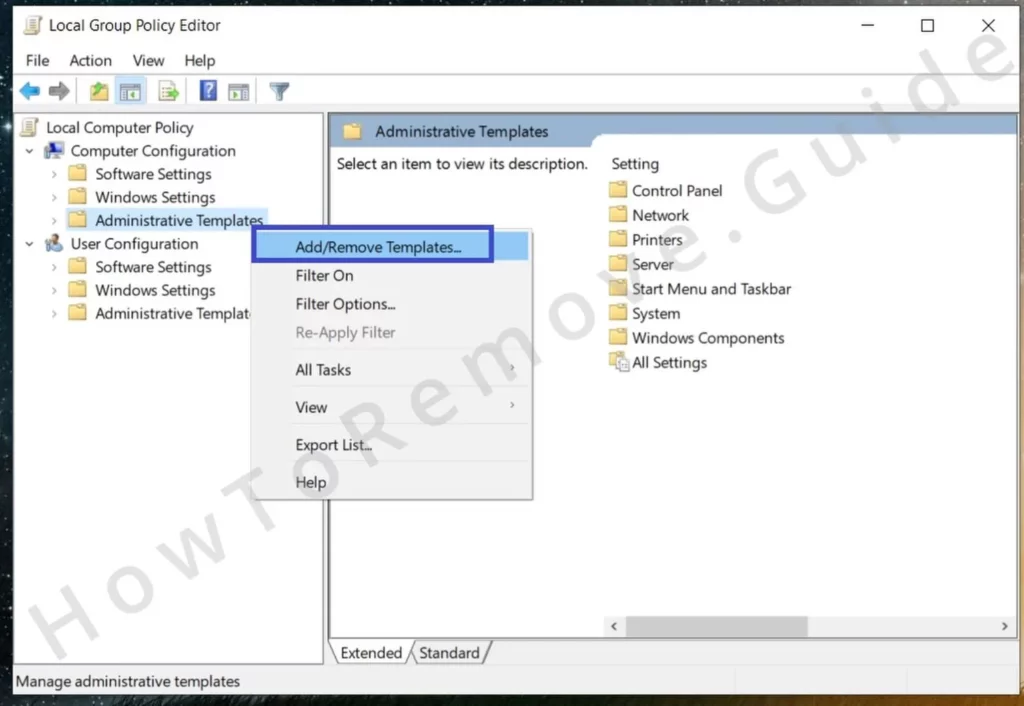
Right-click, select Add/Remove, and clear the list. Just delete everything there.
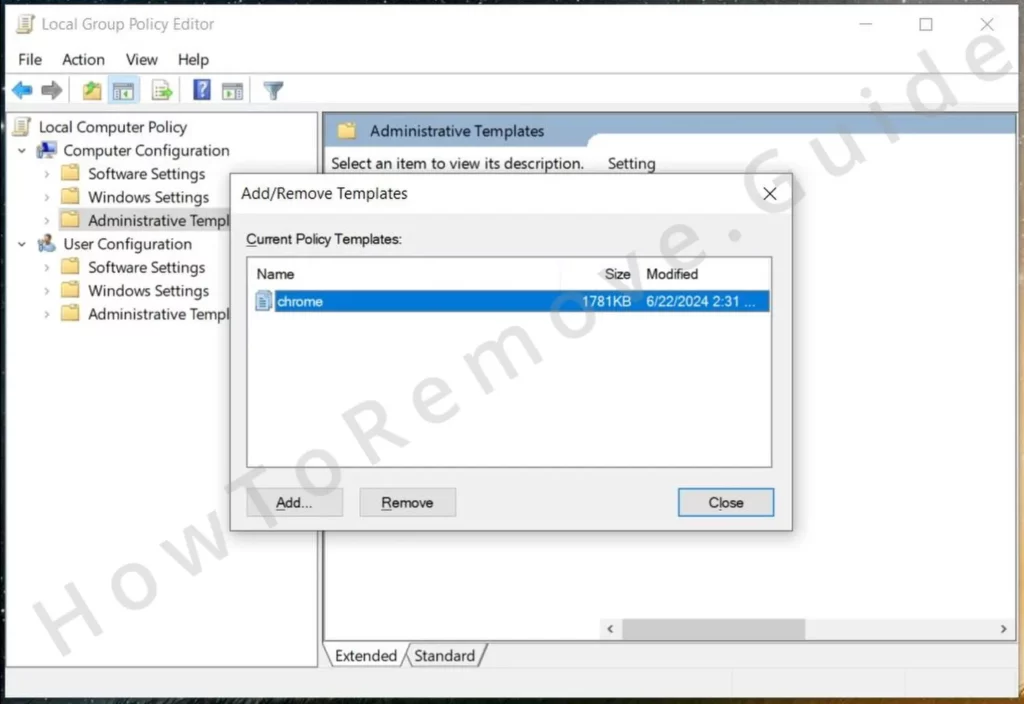
For Chrome users, a faster fix is the Chrome Policy Remover tool. Just download it, run it, and it will automatically delete all Chrome policies in one click. If you get a warning about this tool, ignore it by clicking More Info > Run Anyway. The tool is safe, so no need to worry.
Video walkthrough for this step:
Manual Group Policy Removal
Automatic Group Policy Removal
Uninstall JoafjApp From Your Browser
Now that the JoafjApp malware can’t control your browser anymore, it’s time to wipe out its remnants.
Open your Extensions menu and remove anything you didn’t install.
Clear your browsing data (All Time range, delete everything except passwords).
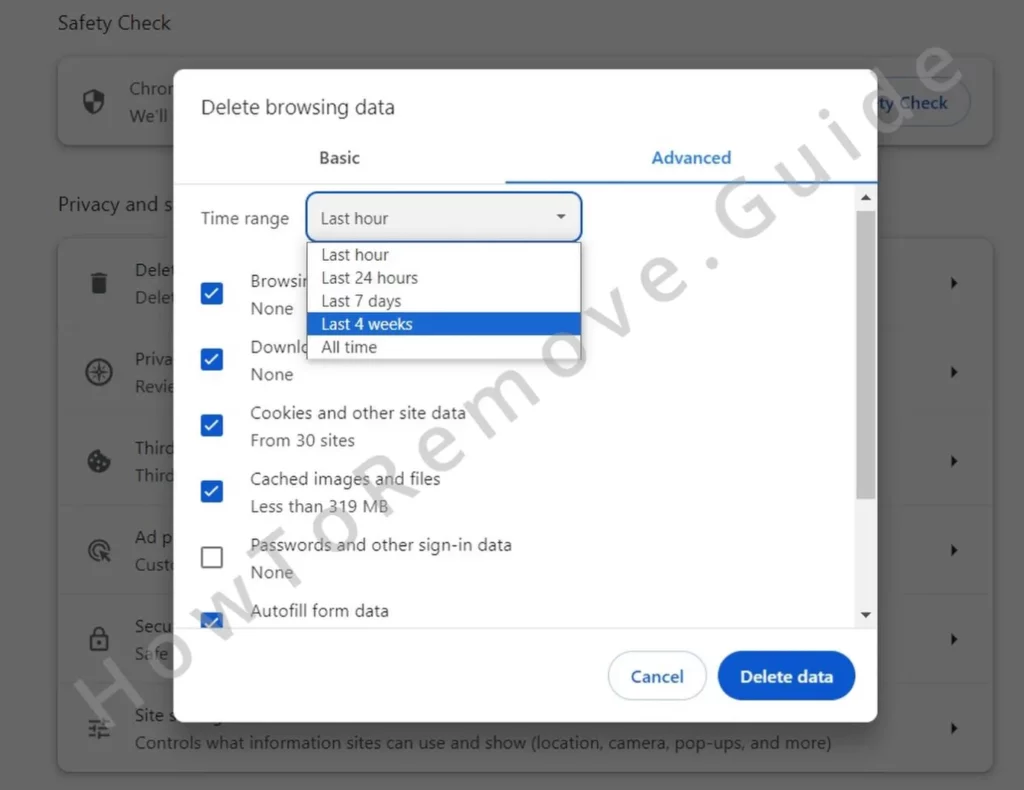
Revoke permissions for any sketchy websites in Site Settings.
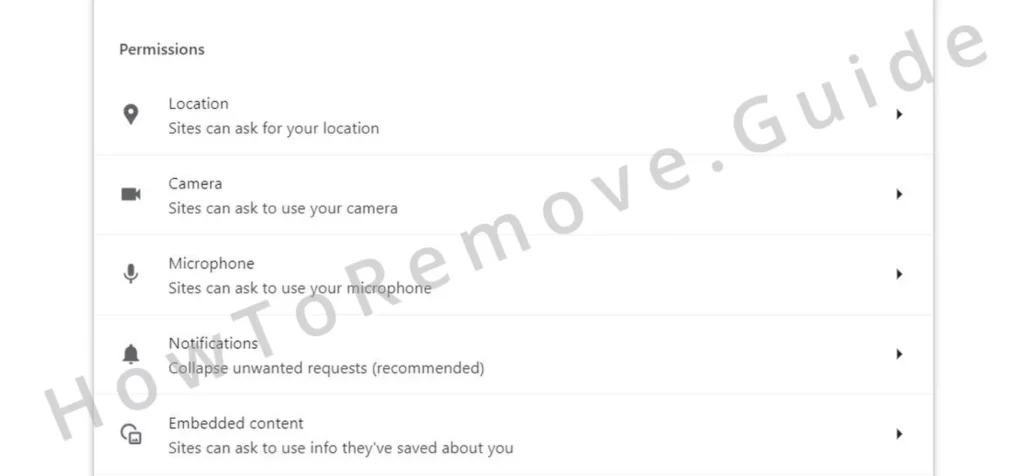
Reset your search engine, homepage, and new tab settings.
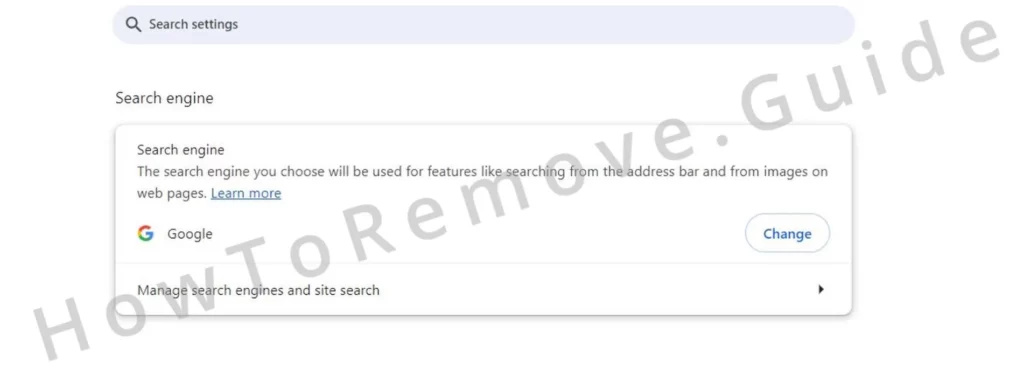
If a browser hijacker was part of the malware, this should take care of it.
Video walkthrough for this step:
Chrome
Microsoft Edge
Mozilla Firefox
If the malware still won’t go quietly, it’s time for a deep system scan. Security tools like SpyHunter specialize in tracking down hidden threats that are hard to remove manually.
These tools can detect stealth malware, keyloggers, rootkits, and other nasty surprises lurking in your system. It’s worth running a full scan just to be sure.
Lock Down Your System for the Future
Now that you’ve kicked JoafjApp malware to the curb, let’s make sure it never comes back.
- Only download software from trusted sources – sketchy downloads = sketchy problems.
- Don’t click on random links. Scammers love to use phishing to get you.
- Use a solid antivirus program. Free ones work, but premium versions provide real-time protection.
- Keep your system updated – outdated software has vulnerabilities that malware loves to exploit.
By staying vigilant, you can keep your PC clean and safe. Remember, online scammers are always coming up with new tricks – but now, so are you.
